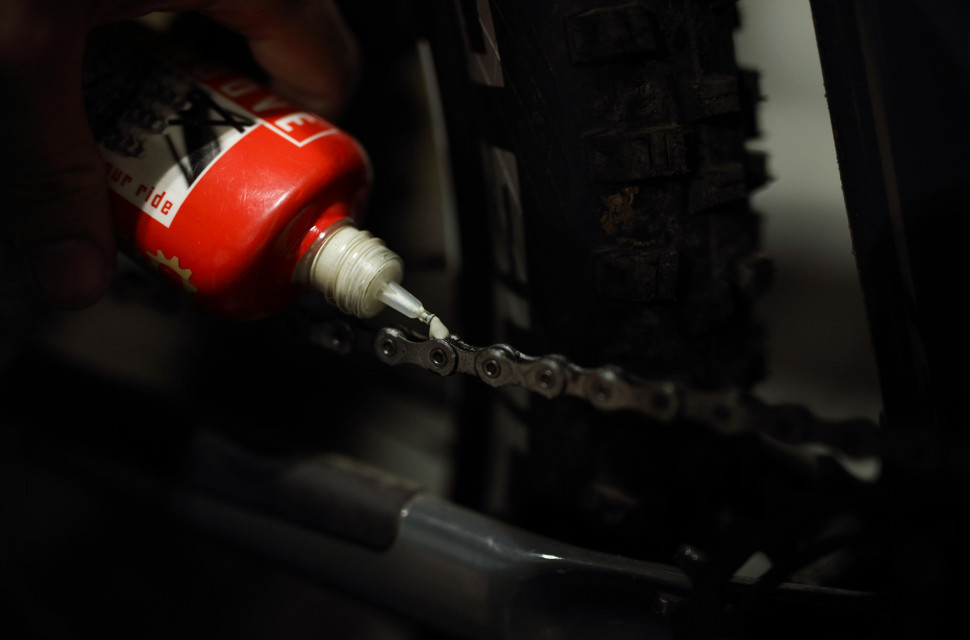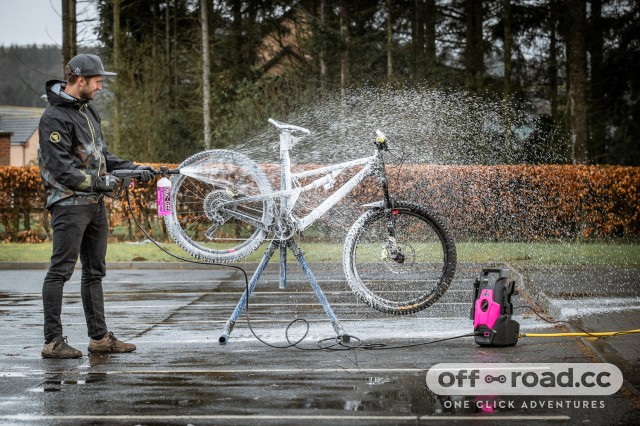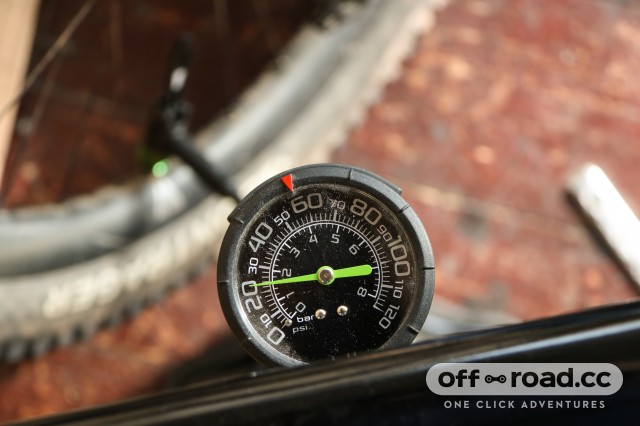5 ways to boost your bike's performance for free

While expensive, upgrading and personalising your bike is one of the best parts about cycling. But you don’t have to spend thousands to achieve a performance boost or extend pricy service intervals. Here are five ways to upgrade your bike without spending a penny or using gadgets that you might already have laying about.
- Bikepacking basics: bike repair and first-aid kit
- The 11 gravel-specific products you never knew you needed
- Buyer's guide to hydration packs for mountain biking
Clean your bike
A clean bike is a happy bike but a post-ride rinse does an awful lot more than just make your bike look good. Granted, we’ve all left our bikes covered in filth after a ride or three but dried mud or trail dust can make your bike feel terrible, and it’ll wear out important components quicker. While you'll need to make an initial investment in a pressure washer the money it will save you, in the long run, will more than make up for the purchase.
It’s surprising what mud can do to deteriorate the performance of your bike. You’ll notice this most around the drivetrain as chains and cogs gummed up with black, pasty lube will make your bike shift sluggishly and inaccurately. It’s also well worth checking over the derailleur's jockey wheels to make sure they’re not clogged either.
Spend some extra attention around suspension components, too, as not only will cleaning shocks and forks keep their adjusters spinning as they should, but wiping around the seals will keep your suspension running sweeter for longer.
Every now and then, it’s a great idea to go one step further and strip down your bike to get right into the nooks and crannies of your suspension linkages, or those hard-to-reach places. This isn’t just for the satisfaction of a factory-clean bike, but it’ll offer the best opportunity to spot any damage or cracks on your bike. Finding one before a ride could prevent the worst.
Clean and lubricate your chain
Ok, this one isn't exactly free but, per application, you're spending pennies for a serious improvement to your bike's performance. This comes with a range of benefits, with the most important one being that it'll extend the life of your drivetrain components, saving you money in the long run but it'll also save you energy as you pedal because there's less friction in a freshly degreased and lubed chain. Shifting performance will also be improved.
While it's best to degrease and re-lube your chain after every ride, it's not totally necessary and how often you lubricate your chain comes with experience. Though as a rule of thumb, if you've just completed a very wet and muddy ride, you should lubricate your chain before riding again as any existing lubricant may have washed off. That said, even dry and dusty can affect the lubrication. Lubrication longevity also depends on how far you cycle and the kind of lube you're using, whether that's wet, dry or wax based.
If you're unsure, while it'll cost more in the long run, you can't go wrong by degreasing and re-lubricating your chain after each ride.
Set up your suspension
To the inexperienced or those lacking suspension know-how, correct suspension set-up can seem like an almighty can of worms that’s best left sealed. Though, it’s one that’s well worth cracking open as your bike’s suspension set-up can make or break your bike’s ride character. While daunting at first, turning those dials is actually one of the biggest, simplest and cheapest ways to get your bike feeling amazing and you riding faster on any trail. It just takes a little bit of know-how.
We won’t go too deep into suspension set-up right now because we’ve got a thorough guide on how to set up your suspension but getting this right will seriously boost the performance of your bike without spending a penny. But it’s best to get experimenting and learning what those knobs do in order to achieve the best suspension set-up for your riding.
Lower your tyre pressures
Similarly to suspension, your tyre pressures are key to the way your bike grips and performs on the trail. For new riders, the tendency is to ride with too much pressure. And rightfully so, as recommended pressures are printed on the sidewalls - but, what’s not said is that these recommendations can be ignored in order to eke out better performance from your bike and its tyres.
Simply letting out a touch of pressure before heading into a trail will noticeably boost grip while making the bike more comfortable when pedalling as the tyre can deform around bumps and the trail.
Cockpit and saddle set-up
While all of the previous points affect the way your bike handles, bike performance is nothing without comfort. That’s where tweaking your handlebar roll, stack height and saddle position play a vital role in improving comfort and even weight distribution.
Tweaking your handlebar’s roll will effectively change the sweeps of the bar to better suit your riding position. Shifting it forwards will push weight forwards over the bike, too. This goes for your stack height, too: the higher the stack (more stem spacers underneath the stem) the more your weight will be shifted rearward, which then offers more support when tackling steeper terrain. Lowering the stack will place more weight towards the front of the bike which helps improve grip when cornering.
Finally, moving your saddle fore and aft on its rails will also dictate where your body weight sits over the bike but this also affects your body’s position over the pedals. With all of these points, it’s worth experimenting until you find the sweet spot for your particular riding.














